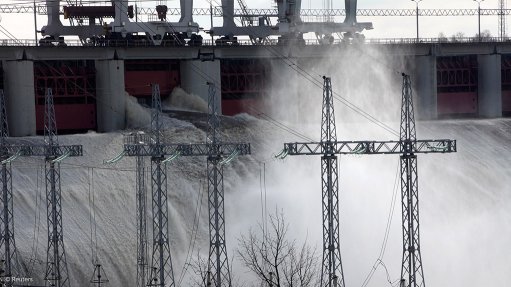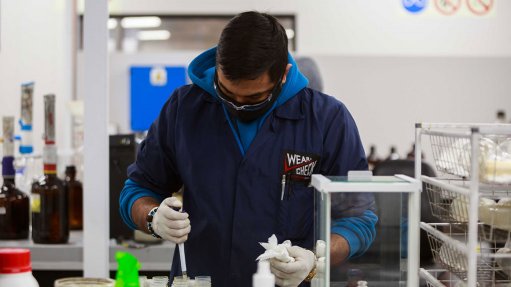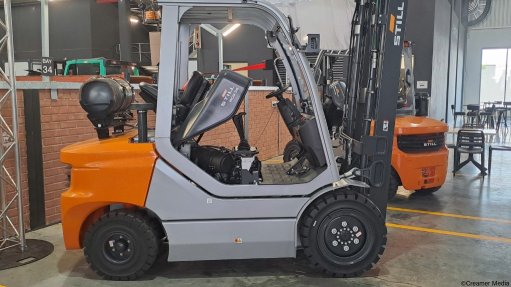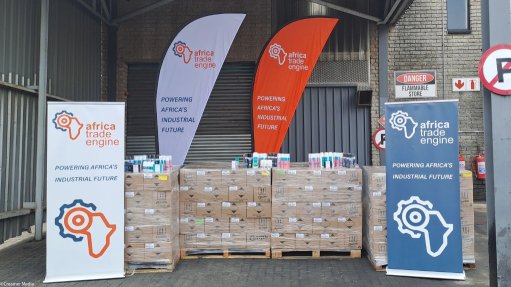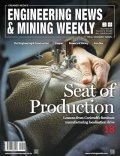WA geologists make breakthrough that could spark modern-day gold rush - Minister
Western Australia could be on the cusp of a new gold rush after state-funded geoscientists uncovered a chemical fingerprint capable of revealing previously hidden gold deposits — a discovery described as a potential game-changer for mineral exploration worldwide.
The breakthrough, made by experts at the Geological Survey of Western Australia (GSWA), offers explorers a new tool to pinpoint high-potential ground across one of the world’s most gold-endowed regions.
"GSWA's identification of these chemical fingerprints will undoubtedly have global impacts for geochemical data usage, reinforcing WA's position at the forefront of geoscientific research,” said Mines and Petroleum Minister David Michael in a statement on Thursday.
By analysing thousands of geological samples, GSWA has identified the chemical signature most closely linked to the formation of gold-rich mineral systems - particularly those formed by ancient intrusions of molten rock deep beneath the Earth's surface.
This is a step forward for mineral exploration on a global scale, Michael said. Rather than relying on broad assumptions or historical data alone, companies can now use this fingerprint to zero in on highly prospective ground, reducing costs, lowering risk and increasing the likelihood of discovery.
Many of the world's largest and most productive gold deposits are found within intrusion-related gold systems. These form when mineral-rich fluids, released from cooling magma deep underground, concentrate and deposit gold over time. Identifying the subtle chemical signals of these systems has long been a challenge.
Using this new fingerprint, GSWA has already pinpointed high-potential targets within the Yilgarn Craton, one of the oldest and most mineral-rich geological provinces on earth.
By comparing industry drillhole data with its enhanced geochemical model, GSWA is helping reframe how explorers assess known areas - potentially revealing untapped deposits hiding in plain sight.
These intrusions can also host a variety of mineralisation styles, meaning a single region may hold multiple types of deposits.
In addition to gold, they often contain elevated levels of pathfinder elements - trace minerals that signal the presence of gold - as well as critical minerals like tellurium and bismuth, which are increasingly important for technologies driving the global energy transition.
"The Cook government's actions add up to smarter exploration, new opportunities and a stronger resources sector — a future we are working hard to deliver," Michael said.
He added that the discovery underscored the Cook government's investment in smarter exploration. This includes ongoing investment in the Exploration Incentive Scheme, which underpins much of the data and research behind breakthroughs such as the chemical fingerprint discovery.
Other initiatives, such as the purchase of a Tescan Integrated Mineral Analyser, are helping GSWA scientists work faster and smarter. This next-generation tool improves mineral identification and enhances understanding of ore systems, while supporting cleaner, more efficient processing methods.
Major geoscience programmes, such as the WA Array and magnetotelluric mapping, continue to generate the critical data that helps map deep crustal structures – the ancient geological pathways that control mineral movement – providing a roadmap for future exploration.
GSWA's Geoscience Data Transformation Programme has already made more than 10 TB of new exploration data publicly available, with more than 30 TB to come in 2026.
This open-access data gives explorers a powerful edge and supports industry-wide innovation.
"Our ongoing investment in mineral exploration is creating jobs and delivering lasting benefits to regional communities across the state," Michael said.
Article Enquiry
Email Article
Save Article
Feedback
To advertise email advertising@creamermedia.co.za or click here
Comments
Press Office
Announcements
What's On
Subscribe to improve your user experience...
Option 1 (equivalent of R125 a month):
Receive a weekly copy of Creamer Media's Engineering News & Mining Weekly magazine
(print copy for those in South Africa and e-magazine for those outside of South Africa)
Receive daily email newsletters
Access to full search results
Access archive of magazine back copies
Access to Projects in Progress
Access to ONE Research Report of your choice in PDF format
Option 2 (equivalent of R375 a month):
All benefits from Option 1
PLUS
Access to Creamer Media's Research Channel Africa for ALL Research Reports, in PDF format, on various industrial and mining sectors
including Electricity; Water; Energy Transition; Hydrogen; Roads, Rail and Ports; Coal; Gold; Platinum; Battery Metals; etc.
Already a subscriber?
Forgotten your password?
Receive weekly copy of Creamer Media's Engineering News & Mining Weekly magazine (print copy for those in South Africa and e-magazine for those outside of South Africa)
➕
Recieve daily email newsletters
➕
Access to full search results
➕
Access archive of magazine back copies
➕
Access to Projects in Progress
➕
Access to ONE Research Report of your choice in PDF format
RESEARCH CHANNEL AFRICA
R4500 (equivalent of R375 a month)
SUBSCRIBEAll benefits from Option 1
➕
Access to Creamer Media's Research Channel Africa for ALL Research Reports on various industrial and mining sectors, in PDF format, including on:
Electricity
➕
Water
➕
Energy Transition
➕
Hydrogen
➕
Roads, Rail and Ports
➕
Coal
➕
Gold
➕
Platinum
➕
Battery Metals
➕
etc.
Receive all benefits from Option 1 or Option 2 delivered to numerous people at your company
➕
Multiple User names and Passwords for simultaneous log-ins
➕
Intranet integration access to all in your organisation













